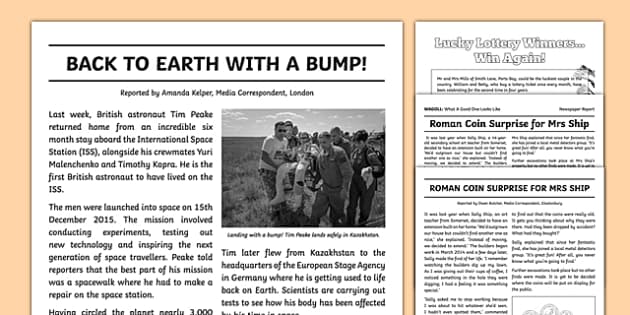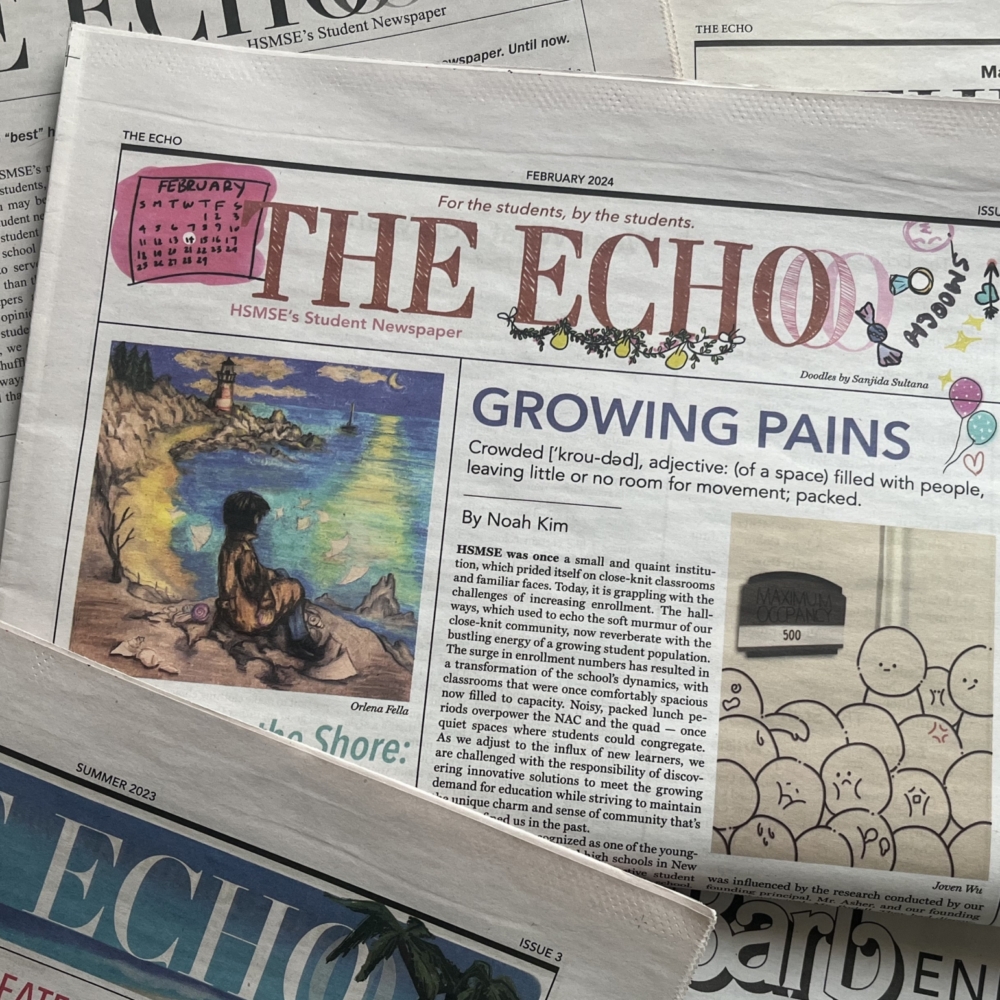News Articles for Dummies
News Articles for Dummies
Blog Article
How News Articles can Save You Time, Stress, and Money.
Table of ContentsSee This Report on News ArticlesThe Ultimate Guide To News ArticlesNews Articles Things To Know Before You Get ThisNews Articles for DummiesAn Unbiased View of News Articles
Good knowledge of various subjects gives trainees an affordable side over their peers. Despite the fact that electronic and social media are conveniently obtainable, we need to not fail to remember how vital it is to check out the papers. Parents have to try and instill the practice of checking out a newspaper as a day-to-day routine to proceed the heritage of the revered print medium.News tales additionally consist of at least among the following important qualities family member to the intended audience: proximity, prestige, timeliness, human rate of interest, peculiarity, or repercussion. The relevant term journalese is in some cases made use of, usually pejoratively, to refer to news-style writing. An additional is headlinese. Newspapers normally stick to an expository writing design.
Within these limits, news tales likewise intend to be detailed. Among the larger and more recognized papers, justness and equilibrium is a major aspect in providing info.
Newspapers with an international target market, for example, tend to use an extra official design of creating. The certain choices made by an information electrical outlet's editor or content board are typically gathered in a design overview; usual style overviews consist of the and the United States Information Style Publication. The primary goals of news writing can be summarized by the ABCs of journalism: precision, brevity, and clarity.
Fascination About News Articles
Generally, journalists will not utilize a long word when a short one will do. They utilize subject-verb-object building and construction and vivid, active prose (see Grammar). They supply anecdotes, examples and metaphors, and they hardly ever depend on generalizations or abstract ideas. News writers try to stay clear of making use of the same word greater than when in a paragraph (in some cases called an "echo" or "word mirror").
Headings occasionally omit the subject (e.g., "Leaps From Watercraft, Catches in Wheel") or verb (e.g., "Feline woman fortunate"). A subhead (likewise subhed, sub-headline, subheading, subtitle, deck or dek) can be either a secondary title under the primary heading, or the heading of a subsection of the article. It is a heading that comes before the primary text, or a group of paragraphs of the major message.

Added signboards of any of these types might show up later in the article (specifically on subsequent web pages) to lure additional analysis. Such billboards are also utilized as pointers to the write-up in other areas of the publication or site, or as advertisements for the item in other magazine or sites. Regular structure with title, lead paragraph (recap in strong), various other paragraphs (details) and get in touch with info.

Example of a hard-lead paragraph NASA is suggesting one more space job. The firm's spending plan demand, revealed today, included a strategy to send out an additional objective to the Moon. This time around the company wishes to develop a lasting center as a jumping-off place for other area this hyperlink journeys. The spending plan requests roughly $10 billion for the project.
The NASA announcement came as the firm asked for $10 billion of appropriations for the project. An "off-lead" is the second most important front web page news of the day. The off-lead appears either in the top left corner, or straight below the lead on the right. To "bury the lead" is to start the post with history info or information of secondary importance to the visitors, forcing them to find out more deeply into a short article than they need to need to in order to find the vital points.
Some Known Factual Statements About News Articles
Typical usage is that or 2 sentences each develop their very own paragraph. Journalists generally define the company or framework of an information tale as an inverted pyramid. The crucial and most interesting elements of a story are put at the start, with sustaining details adhering to in order of lessening significance.
It enables people to discover a subject to only the depth that their interest takes them, and without the imposition of information or subtleties that they could think about pointless, yet still making that details readily available to a lot more interested visitors. The upside down pyramid structure also enables write-ups to be cut to any kind of approximate size throughout format, to suit the area offered.
Some authors begin their stories with the "1-2-3 lead", yet there are numerous kinds of lead available. A twist can refer to several points: The last story in the information program; a "satisfied" tale to end the program.
Longer short articles, such as publication cover short articles and the pieces that lead the within sections of a newspaper, are known as. Attribute tales differ from straight information in a number of methods. Foremost is the lack of a straight-news lead, a lot of the moment. Instead of using the essence of a tale up front, feature writers may try to entice readers in.
The smart Trick of News Articles That Nobody is Talking About
A feature's very first paragraphs often relate a fascinating moment or event, as in an "anecdotal lead". From Visit Your URL the particulars of a person or episode, its view quickly broadens to generalities about the story's subject.
The Editor's Toolbox: A Reference Overview for Beginners and Professionals (2001) Allan M. Siegal and William G. Connolly. The New York Times Manual of Design and Usage: The Authorities Style Overview Made Use Of by the Writers and Editors of the World's A lot of Authoritative Newspaper (2002) M. L. Stein, Susan Paterno, and R.
Report this page